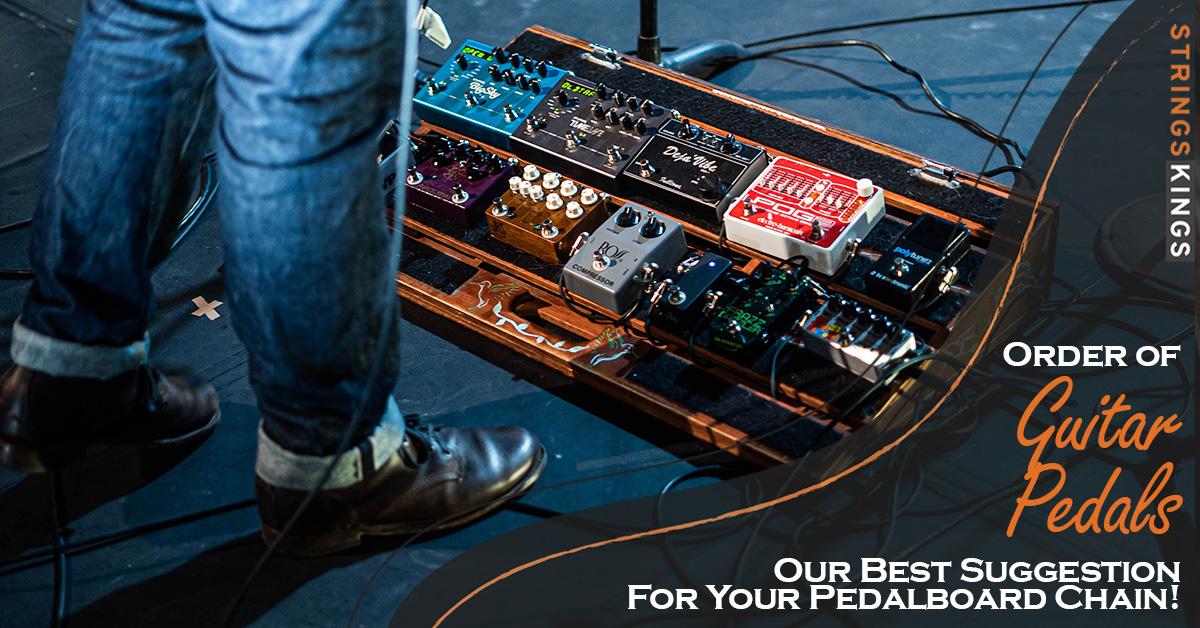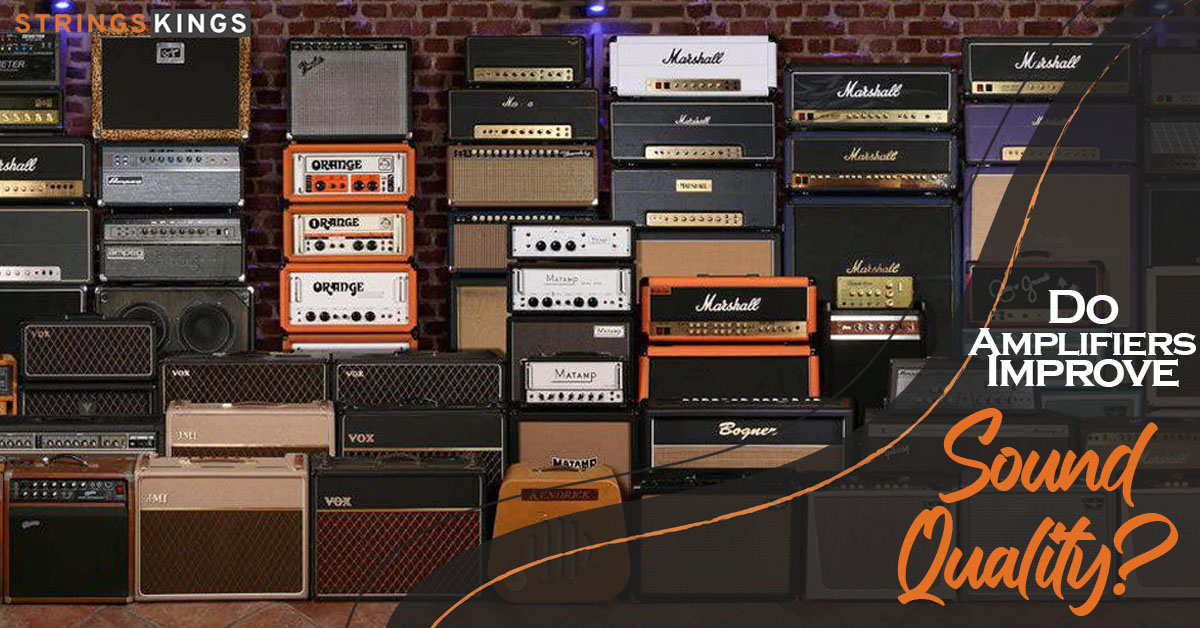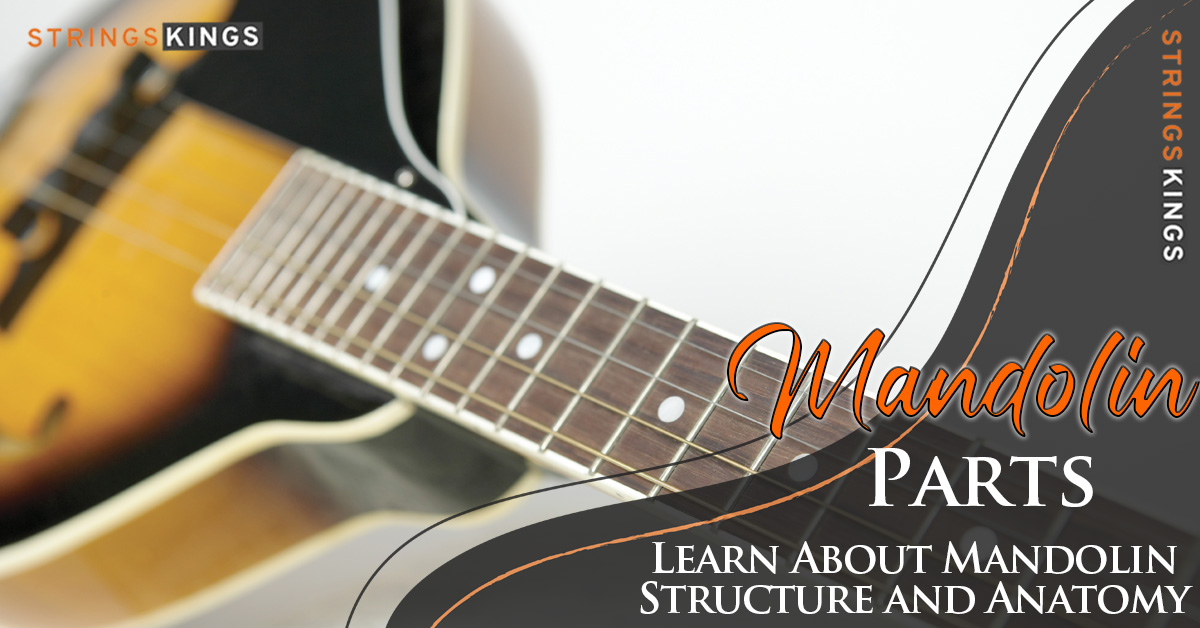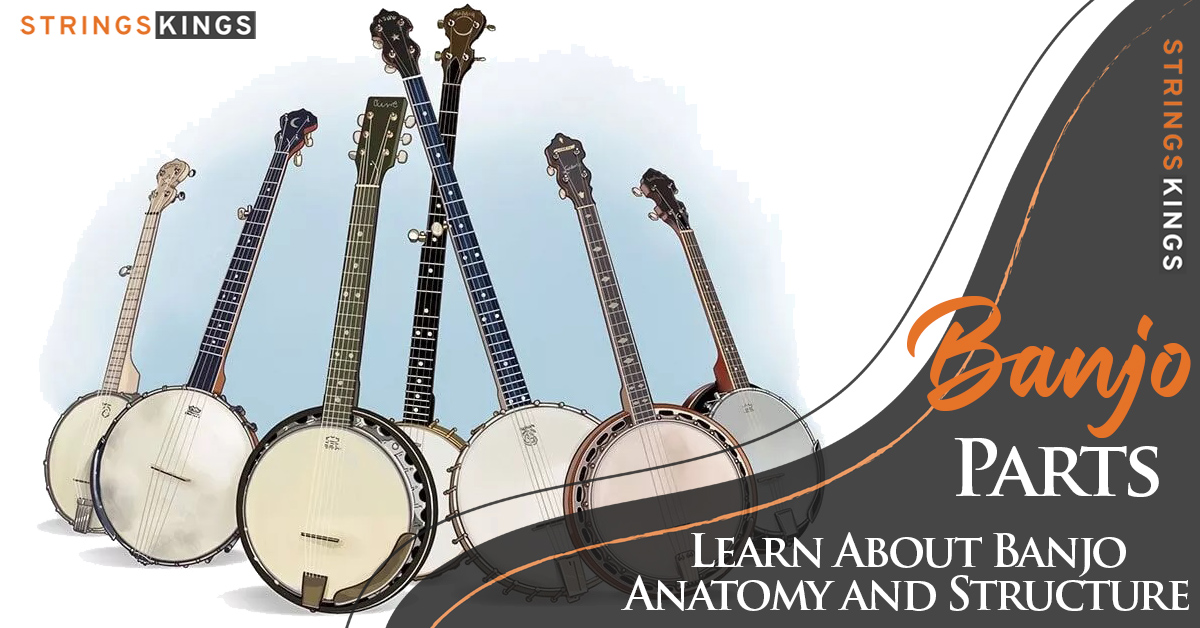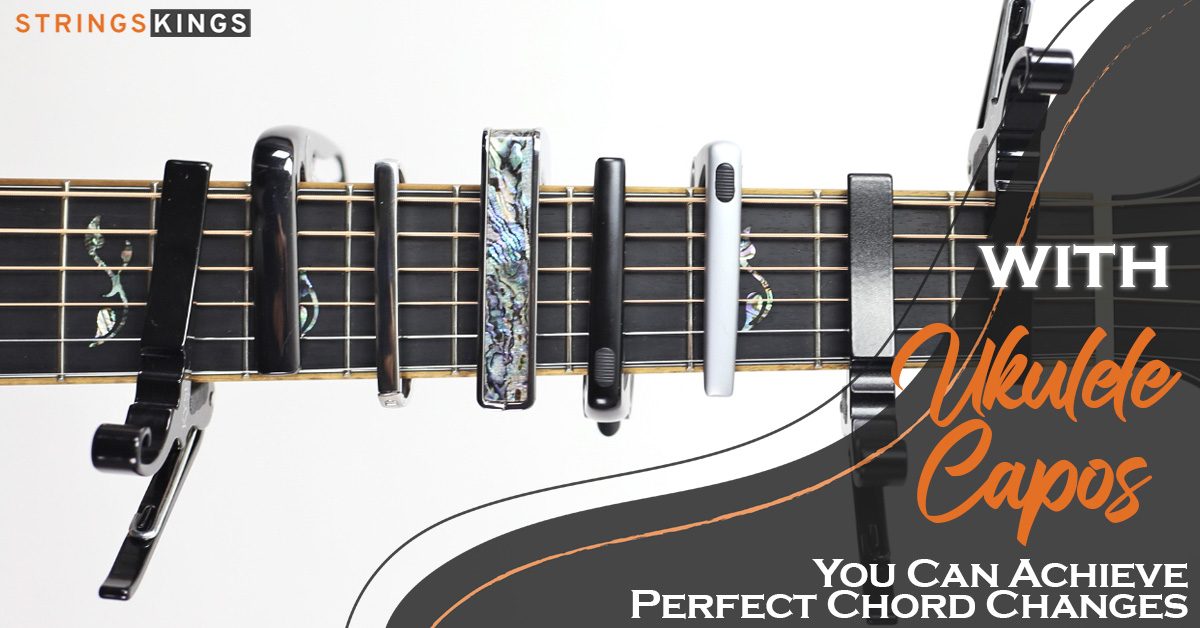Table of Contents
What is the number of strings on a harp?
For those looking to learn how many strings does a Harp have, you should know there are 47 strings on a pedal harp and there are seven pedals. Chromatic notes can be played on the harp by using pedals. Generally speaking, lever harps feature 34 strings and several levers that vary from one to eight.
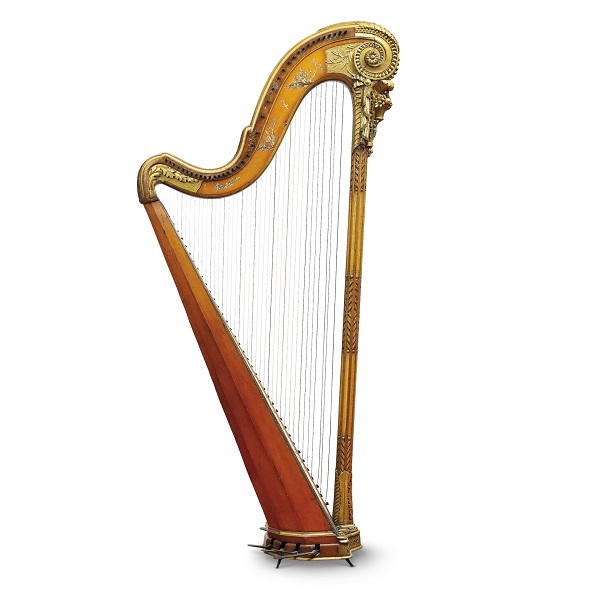
Depending on the type of instrument, they can have anywhere from 20 to 40 strings. In general, pedal harps and lever harps are the two most common types of harps. The pedal harp is much larger than the lever harp.
The instruments are fully chromatic because they have seven-foot pedals to change the pitch of the strings. Each pedal can raise the string by two semitones.
In lever harps, the pitch of a string is raised by a lever-based mechanism. A mid-sized harp such as this is often referred to as a folk harp, since it does not have pedals but may have partial or full levers. Lever harps, however, can only raise a string by one semitone.
- Lever Harps – 20 to 40 strings – Nylon, wire, gut
- Pedal Harps – 46 to 47 strings – Nylon, wire, gut
- Celtic Harps – 22 to 38 strings, normally 34 – Metal alloys, sterling Silver
- Multi-course Harps – 46 strings – Nylon or gut
- Concert Harps – 47 strings – Concert gut, Nylon
- Ancient harps (Greek) – 3 to 10 strings – Wire
- Latin harps – 32 to 36 strings – Nylon or hair
- Electric harps – 40 to 47 strings – Metal
- Lyre harps – 10 strings – Metal or Nylon
- Paraguayan Harp – 32 to 42 strings, usually 36 – Nylon
Learn More About Harps!
Persia, Egypt, and Mesopotamia were the first civilizations to use harps. Their popularity spread throughout the world during the Middle Ages. Additionally, the harp is used in a large number of folk music traditions ranging from Northern Europe to the African continent.
Therefore, the harp evolved as a musical instrument from diverse traditions and cultures. As a result, you can find a wide variety of harps, including Celtic harps, Concert harps, African harps, Paraguayan harps, and Andean harps.
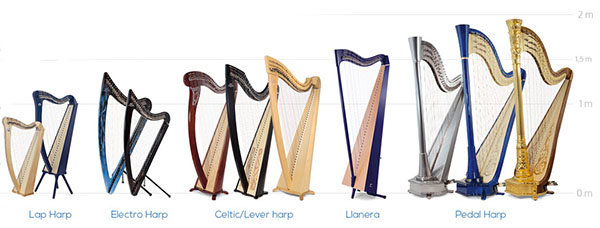
It is a stringed musical instrument that is played while standing or sitting with fingers.
Featuring a triangle-shaped wooden frame and multiple strings running at an angle to the soundboard, this chordophone is a very unique instrument. To raise the pitch, the strings may be attached to levers or pedals.
Below we’ll talk about different types and sub-types of harps and how many strings they have. Also, we answer common questions about learning and buying.
Different types of harps
The Lever Harp (How many strings does a Lever Harp have)
Let’s start with the lever harp. It’s called this because it has two levers on each string so the harpist can play two notes on one string.
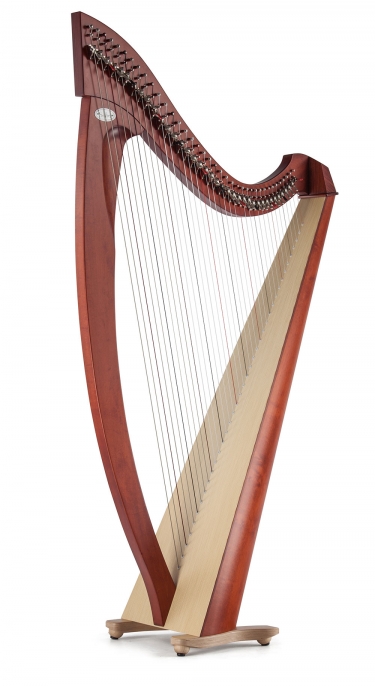
There are 34 strings on the lever harp. Did you know? Among all harps, this one has the most strings.
To play a lever harp, you’ll need both hands to reach the levers. When playing notes and adjusting at the same time with just your hands, it’s easy to make mistakes. Because of this, beginners tend to pick up this kind of harp more often.
The Pedal Harp (How many strings does a Pedal Harp have)
The pedal harp can be considered the modern-day harp. In most cases, it consists of 47 strings. There are, however, some models with 46 strings on their frames.
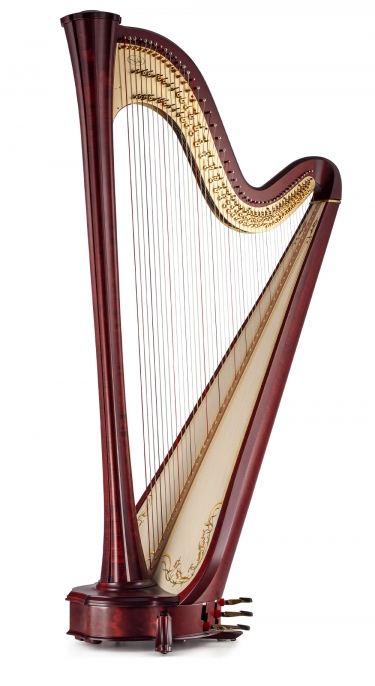
It is important to note that the string number is not the only difference between a pedal harp and a lever harp. There are seven pedals on the bottom of the pedal harp, through which the notes can be adjusted.
The Celtic Harp (How many strings does a Celtic Harp have)
The next instrument on the list is the Celtic harp, which has on average 30 strings. However, the actual number varies based on the model. Depending on the model, Celtic harps may have as few as 22 strings or as many as 38 strings.
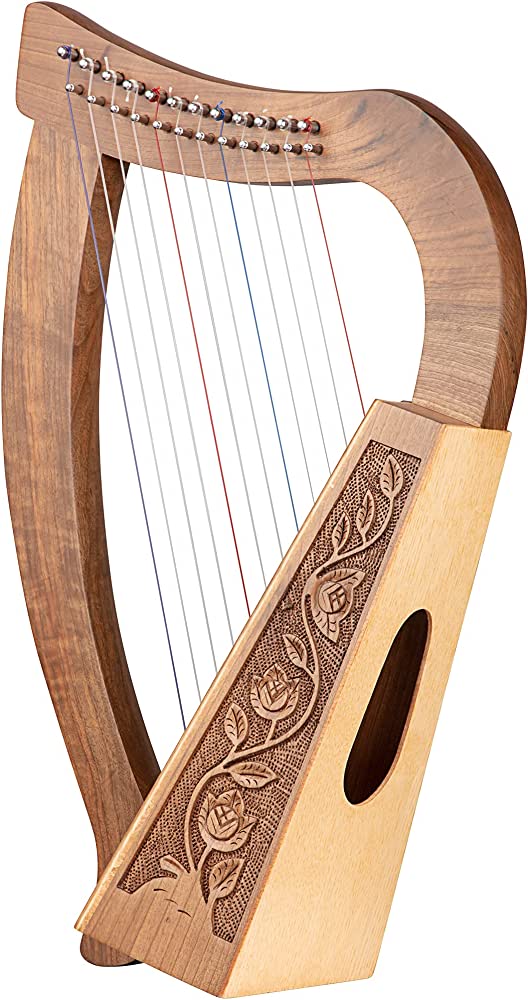
In case you are wondering where this harp got its name from, experts believe it was named after the region in which it was revived. An average Celtic harp has a range of two to six octaves. The construction of this product also exhibits several variations.
The Multi-course Harp
In terms of the number of strings the harp has, we have the multi-course harp. Let us first discuss the unique features of this harp before we examine its number of strings.
Strings are always arranged in multiple rows on a multi-course harp. Some harps have a double row of strings, although others have a triple row. Despite this, the double-course harp has a row of strings hanging down each side of its neck.
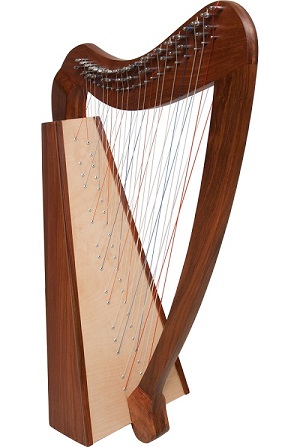
According to the standard configuration, a multi-course harp has 46 strings (similar to a pedal harp). In other words, on a model with two rows of strings, each side of the neck will have 23 strings. Each opposite will share the same note.
The Electric Harp
An electric harp is essentially a lever harp connected to an electrical power source. Some of the more recent models follow the structure of pedal harps. The body of an electric harp is always solid, contrary to the hollow body of an acoustic harp.
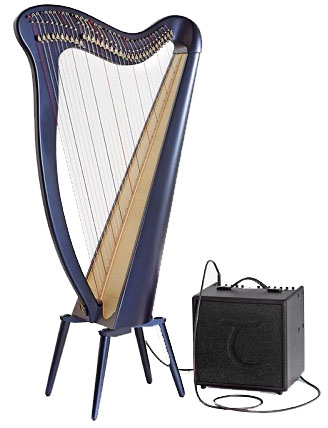
In terms of string number, an electric harp typically has between 40 and 47 strings. After pedal harps, it has the second-highest number of strings.
Lyre Harp
There were only four strings on the lyre harp in ancient Mycenaean culture. As time progressed, this number increased to eight and eventually to ten. There are currently up to 16 strings on the lyre harp and there are typically no fewer than seven strings on each instrument.
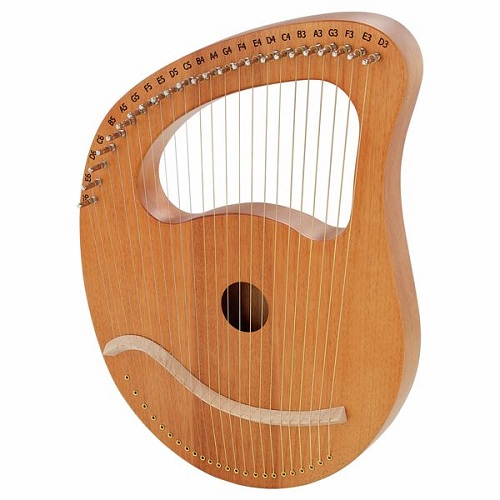
Despite the lyre harp’s popularity, there is much that is unclear. It is clear, however, that it was one of the most popular instruments in ancient Rome and Greece.
Lap Harp
The Lap harp is exactly what it sounds like – a harp that can be comfortably played on one’s lap. Lap harps have been around since at least the end of the 9th century and the beginning of the 10th century.
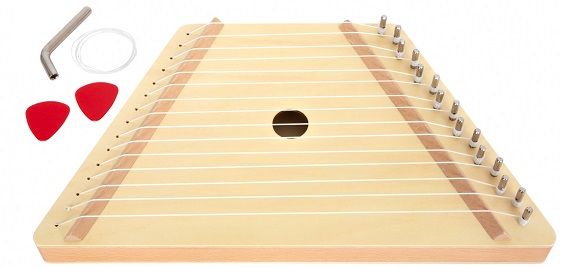
In addition to their comparatively small size, lap harps have 18 strings on average. It’s possible to find models with as few as 15 strings, while others have as many as 22.
Harps from the medieval period
At the end of the 9th and beginning of the 10th century, the shape of the harp began to resemble what we have today.
The size and space of those harps were different from those of today. In most cases, they were rectangular or triangular in shape.
Their primary construction was made of wood and they were portable. They were typically as large as an average forearm.
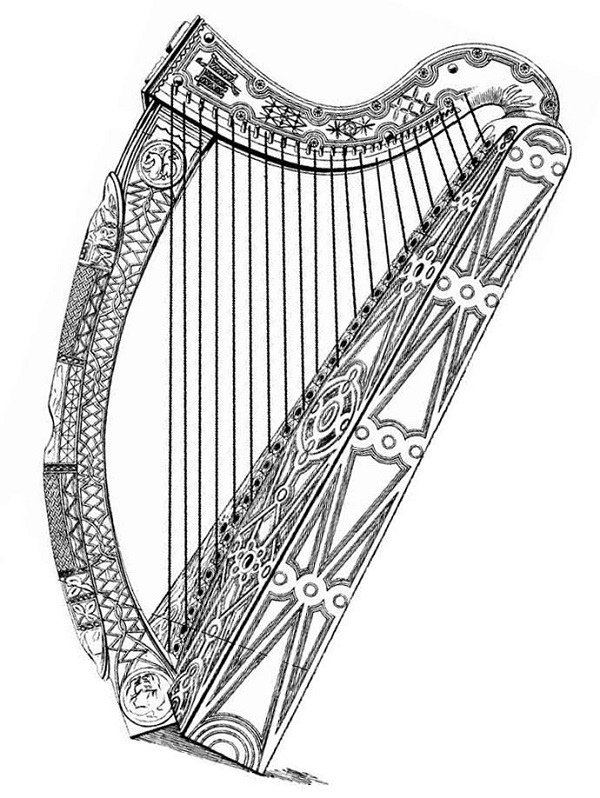
In those days, musicians were generally travelers, except for those who gained the favor of wealthy and influential Lords and Kings. To travel throughout the lands, their instruments had to be light but sturdy at the same time.
At that time, lucky harp players enjoyed a great deal of popularity. Their popularity was almost equal to that of lords or knights.
The harps were carved into extravagant shapes, and some were even ornamented with precious stones or metals. It was common for medieval harps to have 10 strings, which were either made of wire or hair.
Harp string tonal range
The range of tones on harp strings is usually from C1 to G7. Strings on most harps are colored so that harpists can quickly spot the right one to pluck or strum. Therefore, all C strings are red, and all F strings are black.
Here we have a detailed explanation of the tone ranges of harp strings:
1. High Register
Generally, high-register notes are played on nylon strings by harpists. Short-running notes are the best notes to play in the higher range since the notes don’t ring as much.
2. Middle or Central Register
A gut string produces notes in the middle or central register. For this register, short running notes and chords, as well as arpeggios, are ideal.
3. Low Register
Steel strings are commonly used by harpists to produce low notes. Due to its high resonance, chords and single notes work well in this register.
Once again, how many strings does a harp have? There are 47 strings on a harp, and each string has a different pitch. A harpist uses a pedal to adjust the pitch. There are seven pedals on a concert harp.
What Is the Reason for the High Cost of Harps?
The cost of a harp can range from several thousand dollars to more than 100 thousand dollars. As an example, lever harps typically cost $1,000 to $5,000. There are concert harps that can cost up to $180,000 per piece which is considered to be the cream of the crop.
Materials of high durability and quality are mostly used in the production of harps. The fine craftsmanship involved in building a concert harp is costly.
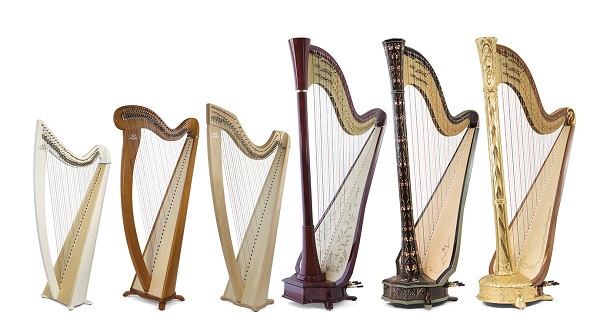
There are not too many craftsmen capable of making concert harps of high quality. It is extremely rare to find them on the market.
Harp Strings
Many different materials can be used to make harp strings, such as metal, wire, nylon, etc. Among them are organic materials and human-made materials. In a harp, many strings cause considerable tension.
To withstand such massive pressure, a harp must be strongly constructed.
Last Words
Whether played by troubadours or angels or played as part of an orchestra, the harp holds many different meanings.
A lever harp is the first instrument students learn to play, followed by a pedal harp. Consult your teacher or select your first harp based on your preferences and needs.
Based on the size, style, and number of strings, this article should have helped you identify different types of harps.
Due to their uncommon nature and less widespread use, some of the sub-types were omitted, such as the electric harp, earth harp, aeolian harp, and harp-lute.
FAQ’s
What is the recommended number of strings for a beginner’s harp?
Beginners looking to learn Western classical music and take grades such as ABRSM or Trinity will find a 36-string harp ideal.
However, you can start with any harp with 29 strings or more, even ones with 31 or 34 strings. Having fewer strings works better for musicians in bands or musicians with folk or Irish repertoires. If you’re looking to be versatile and improvise, you should invest in a 26-string harp.
Is it difficult to learn the Harp?
Harps are relatively easy to learn and play compared to other string instruments.
In comparison to violin or guitar, music teachers suggest it’s easier to learn, with a similar learning curve. To learn the harp, you have many options, both in person and online.
What is the name of the large Harp?
Large harps can be lever harps or pedal harps. Harps of this size are called floor harps.
This is because they are placed on the ground and the player leans against them to play them. In addition to knee harps, there are also lap harps, which are smaller in size and placed on the knees.

